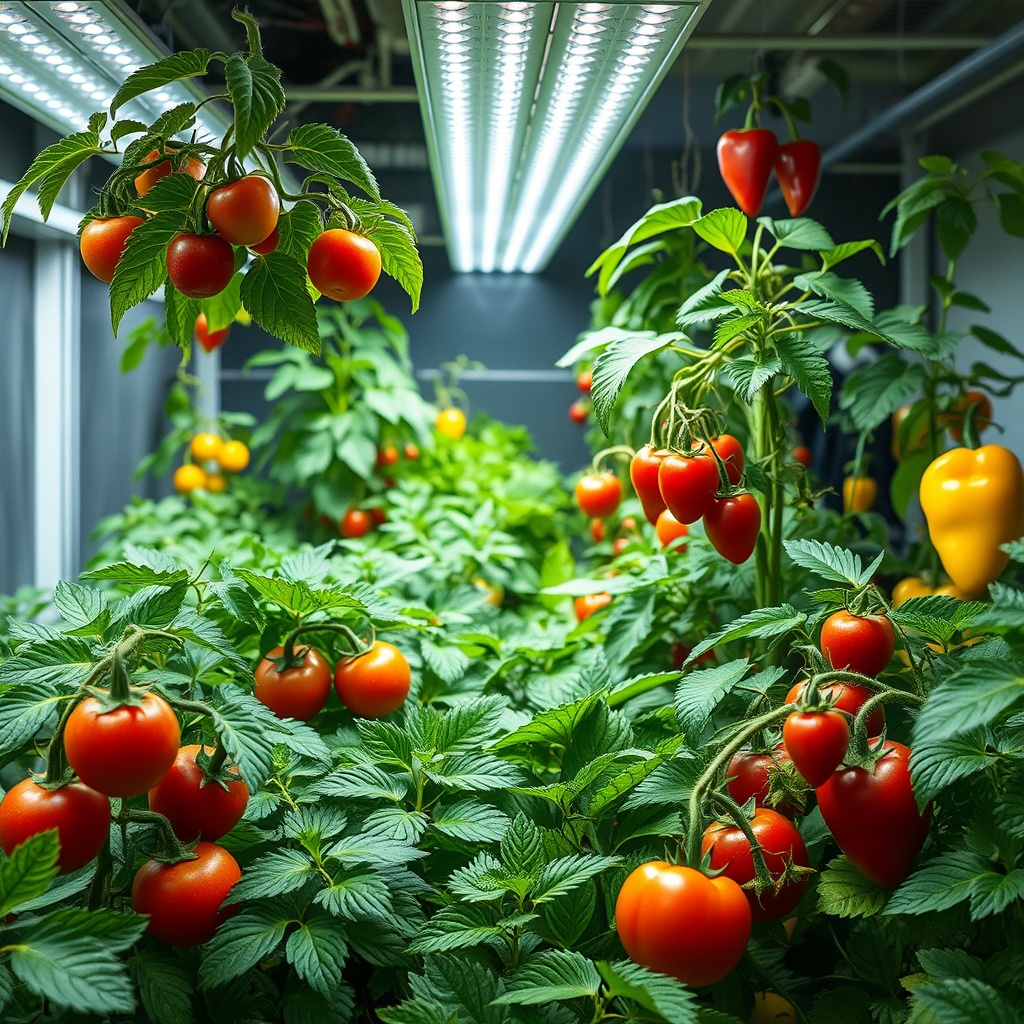Indoor gardening has surged in popularity, particularly among those who wish to cultivate fruiting plants year-round. The success of these endeavors primarily hinges on the appropriate lighting conditions. Whether you’re growing tomatoes, peppers, or strawberries indoors, understanding the specific light requirements is essential for optimal growth and fruit production.
Light Spectrum: The Key to Plant Growth

Plants utilize light for photosynthesis, and not all light is created equal. The light spectrum plays a crucial role in determining how effectively your plants can absorb energy. Fruiting plants, in particular, thrive under specific wavelengths that promote not only leaf growth but also flowering and fruiting.
- Blue Light (400-500 nm): Promotes vegetative growth and is vital during the early stages of plant development.
- Red Light (600-700 nm): Encourages flowering and fruiting, making it essential during the later stages of growth.
- Far-Red Light (700-800 nm): Influences plant elongation and can enhance fruit quality.
Choosing the Right Grow Lights

With numerous lighting options available, selecting the right grow lights for your indoor garden can be daunting. Each type of grow light has its advantages and disadvantages, impacting energy efficiency, heat output, and light quality.
| Type of Grow Light | Energy Efficiency | Heat Output | Light Spectrum |
|---|---|---|---|
| LED | High | Low | Full Spectrum |
| Fluorescent | Medium | Medium | Limited Spectrum |
| HID (High-Intensity Discharge) | High | High | Full Spectrum |
Light Duration: Timing is Everything
In addition to the type of light, the duration of exposure is critical for fruiting plants. Most fruiting plants require a specific photoperiod to trigger flowering and fruit development. Understanding these requirements will help you set your grow lights accordingly.
Generally, fruiting plants benefit from:
- 18-24 hours of light: Ideal for seedlings and vegetative growth.
- 12-16 hours of light: Recommended for flowering and fruiting stages.
By ensuring your indoor garden mimics these natural light conditions, you can enhance your plants’ performance and yield.




